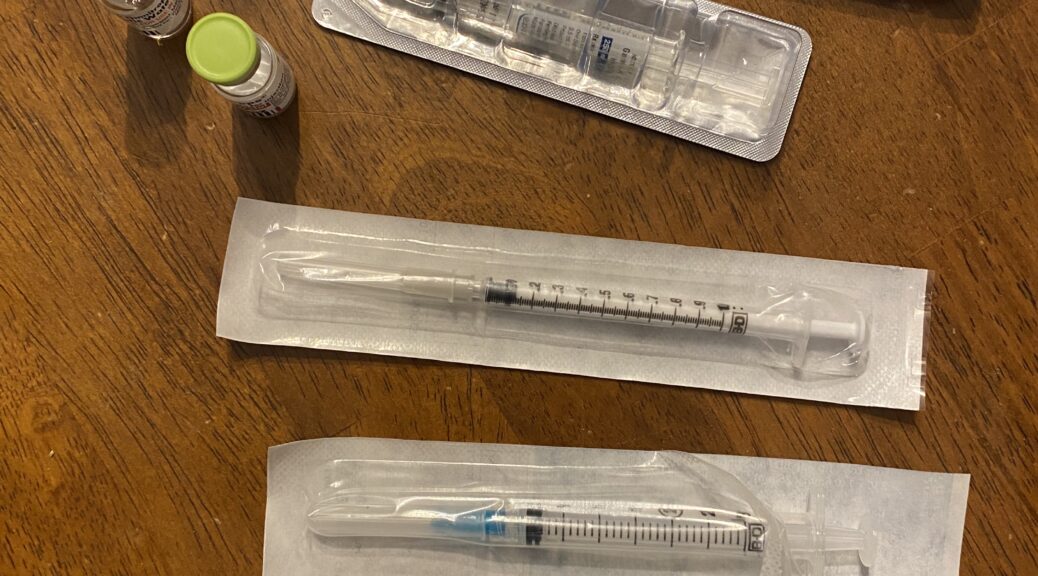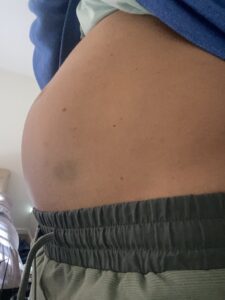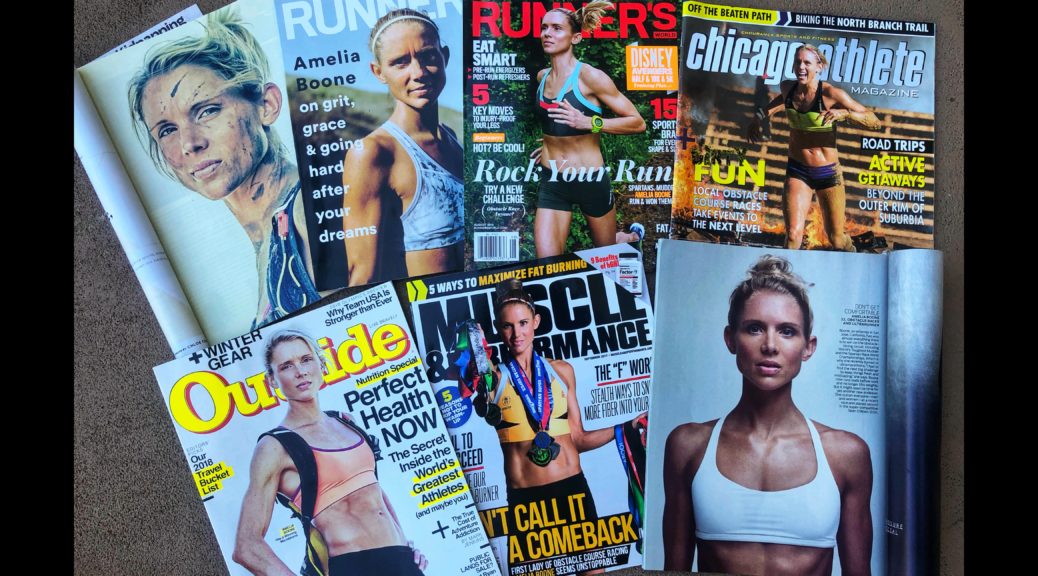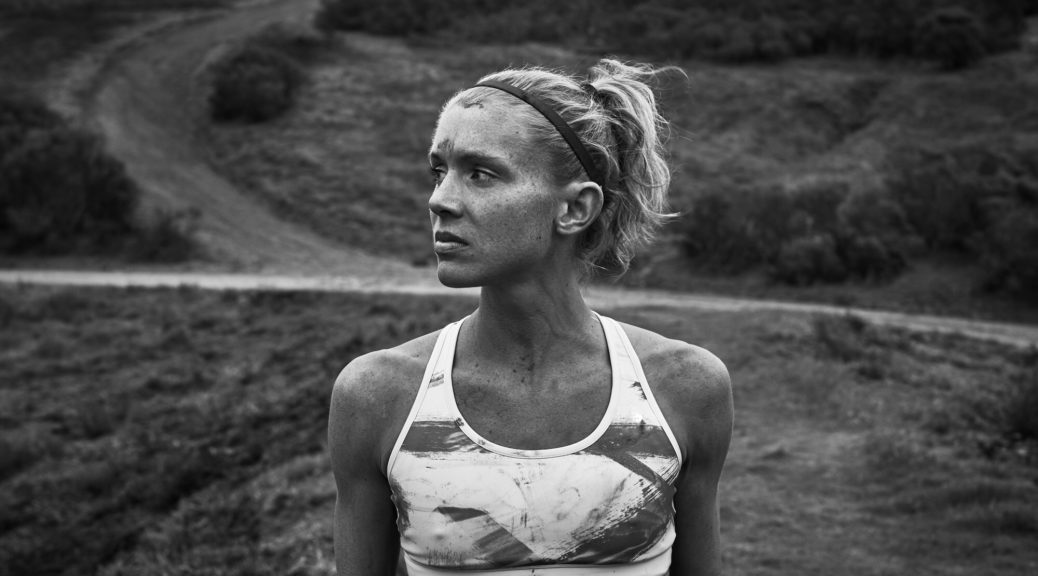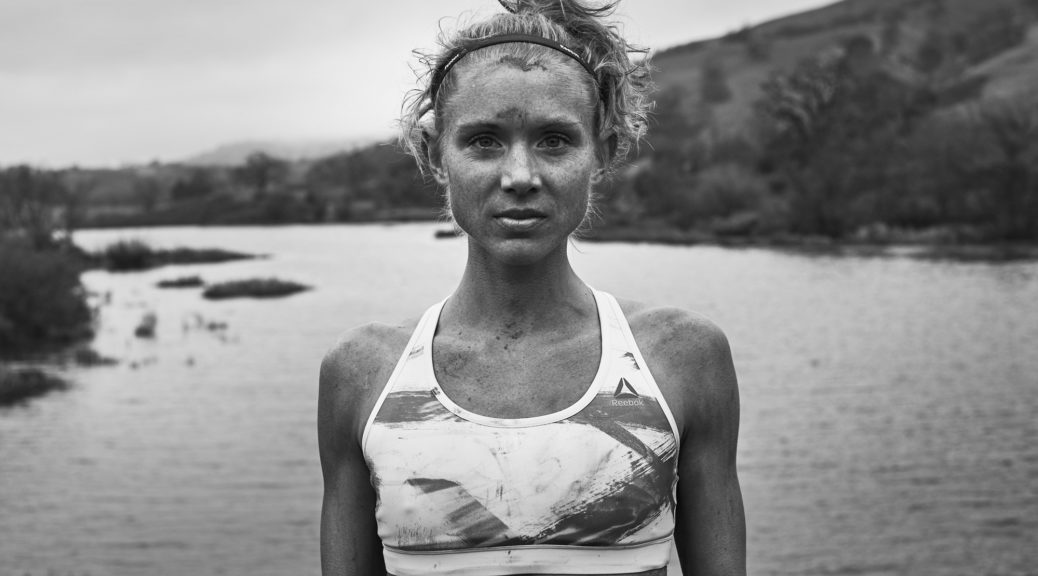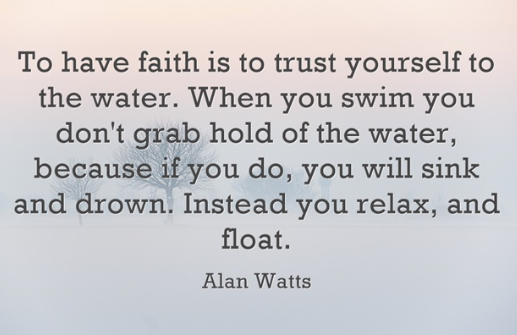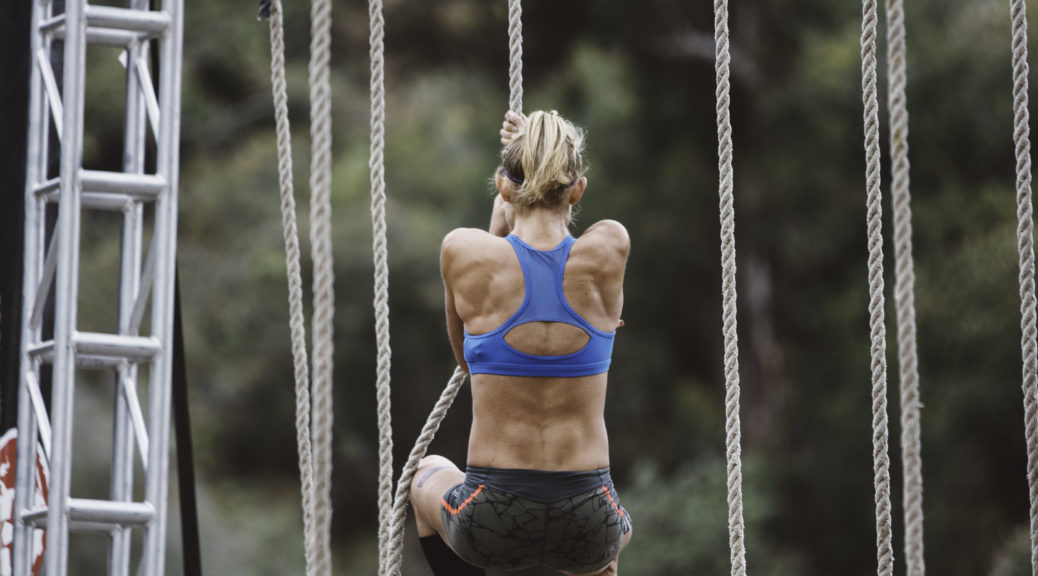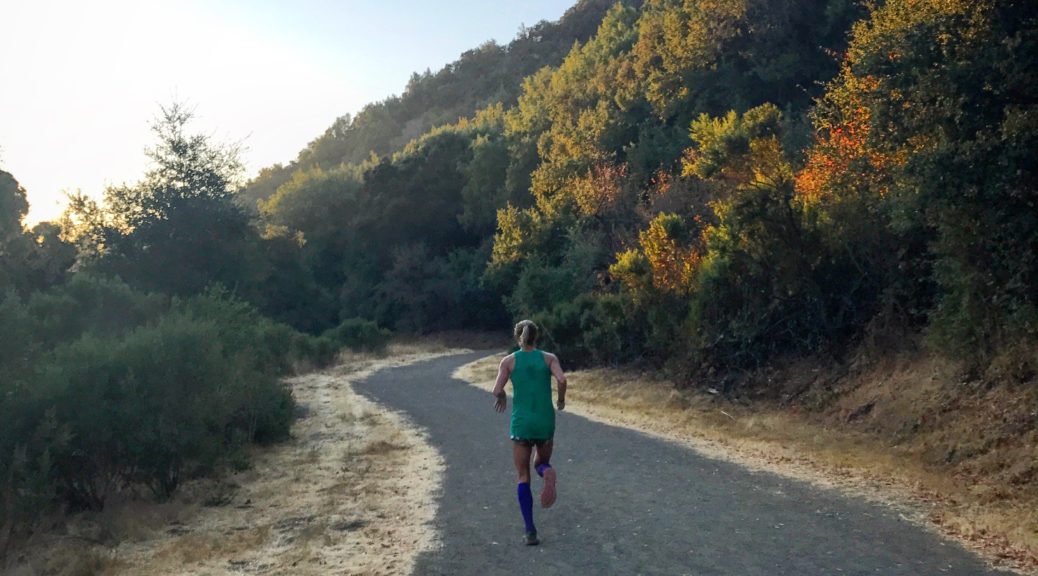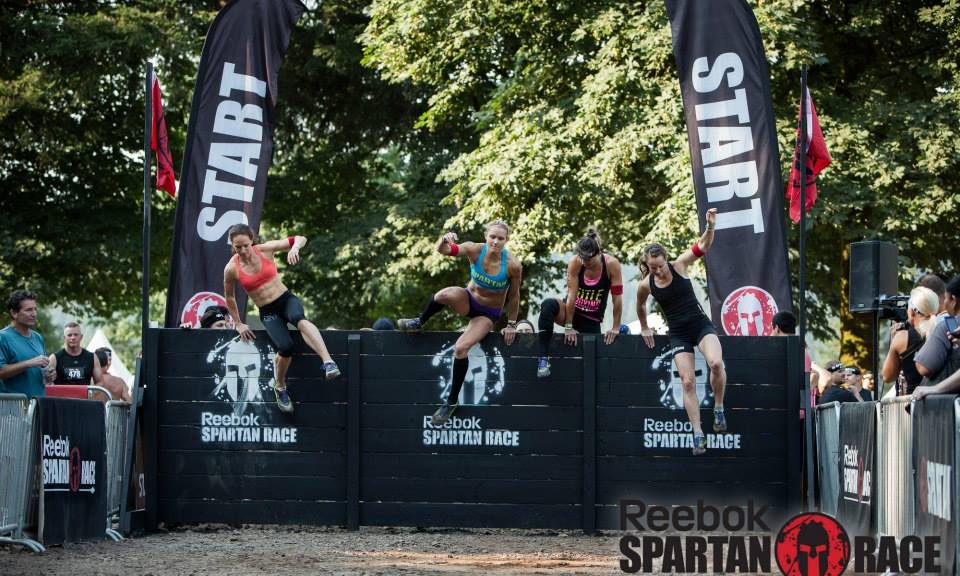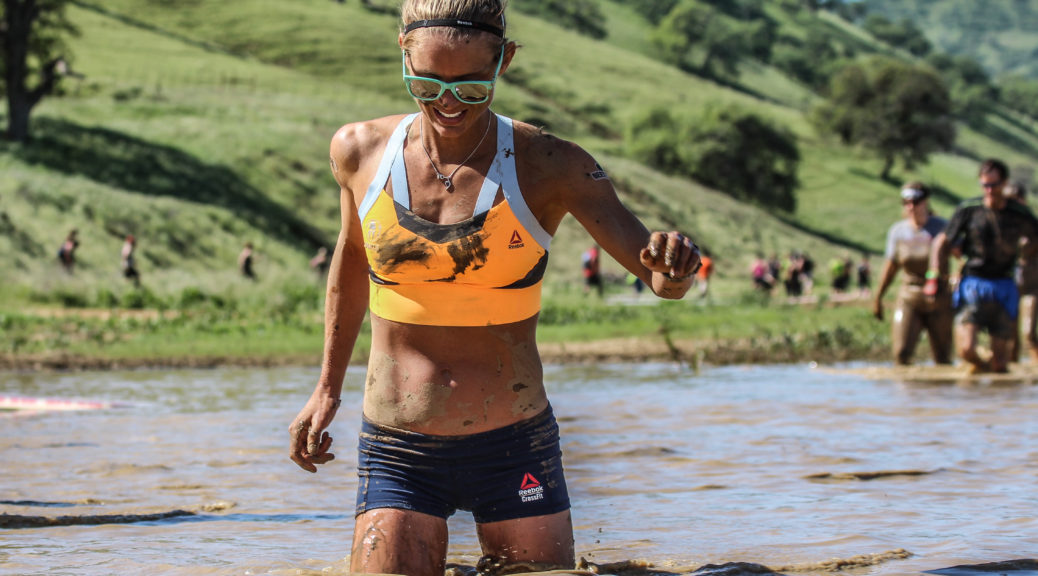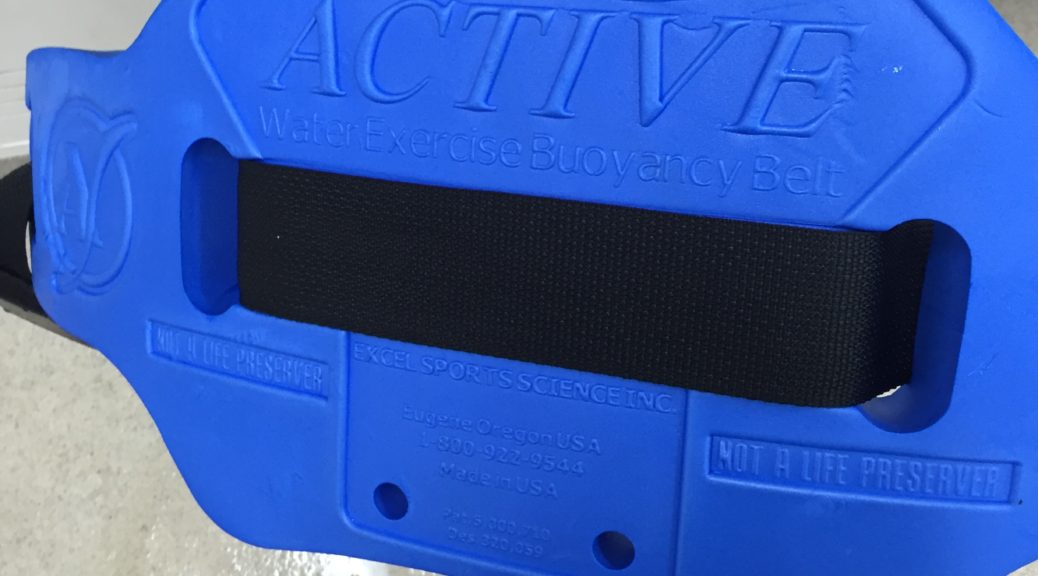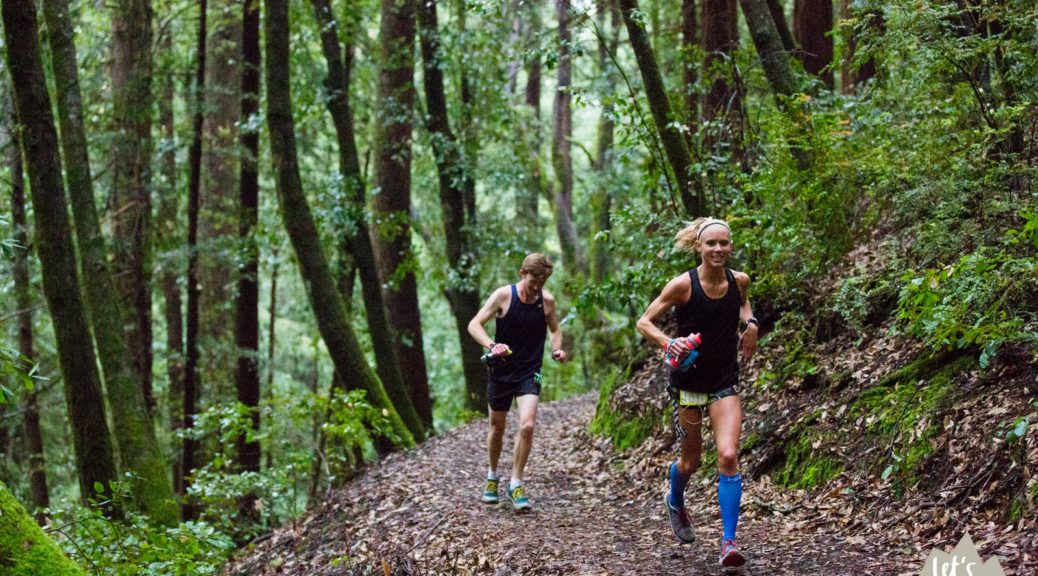In February of this past year, I had a moment of panic. I was 37, recently single, and facing down the realization that if I wanted kids, my window may be passing. I wrote an entire piece for Outside Magazine on that (in)decision.
One of the most common questions people would ask when I mentioned my indecision and grief around kids is “well why don’t you just freeze your eggs?” Like it’s a decision about what to have for dinner tonight. If there’s one thing I’ve learned through this process, it’s NOT that simple, it’s extremely invasive, and I highly recommend going into it with full knowledge of all the potential side effects that aren’t really talked about. I actively avoided some of that information because I was afraid that if I “knew too much,” I wouldn’t go through with it.
Like everything I write, this is going to get long and detailed, so here are the quick and dirty facts of my experience up front for people who just want the basics:
Facility: CCRM (Superior, CO and Lone Tree, CO)
Age: 38 (just turned 38, if that matters)
Number of Eggs Retrieved: 39
Number of Eggs Frozen (Mature): 31
Cost: Cash Price for one cycle at my facility would $11,900 + meds (which are a few thousand total). I have coverage through Apple, so my out-of-pocket ended up being $2175 ($1175 “nursing coordination fee” that isn’t covered and a $1000 deposit I’m trying to get back) and $750 for Omnitrope, which was denied by insurance because it’s off-label. The rest of my meds were covered.
Stim Protocol: Menopur, Gonal-F, Omnitrope, Dexamethasone, Ganirelix, dual Lupron/HCG trigger. I was supposed to do two weeks of birth control before injections started – I didn’t do it (whoops sorry docs!). I also kept my IUD in during the entire process, which is allowed at most clinics I believe.
Worst part: the days post-retrieval. It took me about two and a half weeks to feel “normalish” again
Most surprising: The 10 days of stims and injections weren’t so bad. Post-retrieval was awful.
Exercise: Clinics recommendation was no heart rate above 140, no running or impact during all of stims and then for 10-14 days post-retrieval (or until you get your period). I ran super short and easy until Day 5, then started running again 5 days post-retrieval. Kinda stuck to heart rate cap, kinda not.
Would I do it again? Absolutely not.
Am I glad I did it? I think so. I’ve got a lot of mixed feelings that I think will take me awhile to sort through.
The Why
It may sound counter-intuitive to freeze my eggs since I had already found myself at peace with life either with or without biological children (or with adopted kids, stepkids, foster kids, etc). But kind of like the healthiest relationships come when you already feel like a complete person by yourself, I felt most at peace with the process if I didn’t tie myself to the outcome here. If I was fortunate to have great results, fantastic. If I didn’t have a good outcome, then at least I tried. I’d be ok either way, and I KNEW that.
So why wait so long? Honestly, for most of my adult life I internalized externalized feedback that I would be a horrible mother: I was too selfish, I wasn’t nurturing enough, I was too emotionally unstable, I would pass on my eating disorder to my children since I couldn’t take care of myself. I suppose I just wrote myself off for a long time (which makes me sad in hindsight – mostly just that I believed all those things people told me). Through a lot of therapy this year, and through living my own truth, I came to realize that I am actually AM nurturing. I like to take care of others: I’m happiest when I’m doing that. But there are also many ways to do that – not just through biological children. But I figured the little voice had been in my head for long enough, that it was worth going through the process instead of having it take up brain space consistently nagging “what if?”
The Timing
Timing with egg freezing is tricky for athletes as you are looking at anywhere from 2-4 weeks of no running and probably 6ish weeks of not exactly feeling the best (thanks hormones!). Knowing this, I figured I had two windows: (1) injury; (2) off-season. The problem with waiting for injury is that you need to plan this out a few months in advance (and no one plans for injury). So off-season it is. I first contacted CCRM in early September, and told them “I would like to start around November 15th”, which was right after World’s Toughest Mudder and the beginning of the off-season.
To my chagrin, the doctor told me that my ovaries would need at least 6 months to recover from an ultra before we should start a cycle. I chose to ignore this advice, knowing that that was a risk I was taking. For obvious reasons, doctors want to set you up with the best chance of success, and because your body is so out-of-whack post running for 24 hours…it makes sense. However, it doesn’t really make sense for off-season timing as an athlete. So I chose to forge ahead on my own timeline, and it luckily worked out for me.
The Stimulation Process
In a move that I probably wouldn’t recommend, I purposefully didn’t do a lot a research into the prescribed meds and the regimen because I knew that if I researched too much, I’d likely back out (Dr. Google will ONLY provide you with horror stories). I knew it was about 10ish days of injecting myself with hormones in the morning and evening, but knew nothing about the drugs they gave me. I have a history of fainting and I can’t look at my own blood when it’s being drawn, so I was understandably concerned about being able to inject myself.
But on the advice of some great people on Instagram, I made myself an “Eggs on Ice” playlist (that mostly consisted of early 2000s Nelly for god knows what reason) and had a little dance party mixing my meds each morning and evening. For the most part, it wasn’t bad at all. I bruised myself a few times (you inject mainly subcutaneously into the stomach), and I started to run out of places that weren’t sore, which did result in a mini-meltdown around day 5. After that, I started to use my outer thighs in addition to my stomach and that helped a bunch.
The first 5 or so days, I felt totally fine. The only side effect was that the Dexamethasone made me feel like I was FLYING, and insomnia was really bad, even if I took in the morning. Sleep was not my friend.
On Day 5, you go in for your first ultrasound and bloodwork where they measure the follicles and how they are growing. You then go in every single day after for an ultrasound to keep tabs on the follicles. Those suckers get big – REAL big. Day 5 mine were measuring 8-12mm per follicle. By Day 10 (which was trigger day), they measured 18-22mm per follicle. Doesn’t sound that big, but when you have 30+ of them…it’s not…comfortable.
Every day they call you with any changes in dosing to your meds (it’s pretty much FSH, LH, HGH, and then they add an agonist, Ganirelix/Centrotide later on to prevent you from going into ovulation so the follicles can get REALLY FUCKING BIG…did I mention science is so rad?)
On Day 10, they called me and told me it was time to “trigger,” which is an intramuscular shot you do exactly 36 hours before your retrieval. It’s timed to the minute so you ovulate at the exact time of retrieval and they can suck out all those eggs (again, isn’t science rad?)
I did a dual trigger – HCG and Lupron. My retrieval time was 1:45pm, so I had to do the HCG injection at 1:45am, and then the Lupron at 2:45am. I was terrified of the intramuscular injection – it seems like 99% of patients have their partner do the IM injection because you have to stick a 1.5inch needle straight into your ass.
I don’t have a partner (HENCE THE EGG FREEZING CAPTAIN OBVIOUS), and while my friends love me, I wasn’t going to ask someone to come over at 1:45am to shoot me in the ass. So I cranked up Nelly’s “Shake Your Tailfeather,” iced my butt for a good 20 minutes at 1am in the morning, and went for it. Honestly, once I worked up the nerve to stick the thing in my butt, I didn’t feel a thing.
Retrieval
By Day 10, my ovaries were so big they were “kissing.” Sounds sweet, feels awful. Retrieval was on Day 12 – standard kind of outpatient surgery. My wonderful and absolutely amazing friend Margaret Spring volunteered to drive me there and home because I’d be hopped up on fentanyl, propofol, and Versed. The procedure only takes about 20 minutes, and with pre-op and post-op, I was in and out of there in less than 3 hours. I remember waking up and a nurse coming to tell me they got 39 eggs. I yelled a bit too loudly for the recovery room “HOLY SHIT”. They then gave me Cheez-Its and a ginger ale and Margarete baked me uterus cookies so life was great…
Post-Retrieval
…until it wasn’t. Woof. I’d been warned by online forums and the three friends (thanks Anne, Kat, and Emily!) who had been through egg retrieval that post-retrieval is actually worse than the 12ish days of stimulation.
They weren’t lying.
A few things that extra suck post-retrieval: (1) the cramping; (2) the fact that your estrogen levels are astronomically high (mine were at 6000 the time of retrieval) so you are at a high risk of OHSS (ovarian hyperstimulation syndrome); and (3) constipation (due to the swelling, the opiates, and the stupid amounts of exogeneous hormones). Lemme tell you – #3 is no joke. I was prepped for this though – prune juice, Miralax, Colace, Metamucil – so it actually wasn’t a huge issue for me (but I have heard horror stories).
I really wanted to be one of those people who pranced through the entire egg freezing process being like “gosh that wasn’t so bad people are just weenies!” HAHAHAHA I wasn’t. I did breeze through the stims, but the post-retrieval was probably the most uncomfortable I’ve ever been in my life (and you all know I’ve done some stupid shit before).
I did try and walk a little bit later in the afternoon post-retrieval. I made it about 12 minutes moving a snails pace. I felt and looked about 6 months pregnant and walking was painful. For the first few days after, walking was pretty much all I could manage. They said I could go back to the work the day after retrieval, but even with a desk job and working remotely, I had to take a sick day.
I managed to avoid OHSS by eating COPIOUS AMOUNTS OF SALT. Seriously – I drank pickle juice, chugged LMNT packets, bone broth – it sounds backwards but that’s what helps draw the fluid out of you or something (not a doctor so don’t hold me to that)
As the days rolled on, the more frustrated I became with how things STILL weren’t going back to “normal”. They were getting better, but not as quickly as I was led to believe. My boobs hurt something awful starting about about two days before retrieval. My shirts wouldn’t fit over my stomach. Thank god I only wear elastic running shorts because I’m sure pants wouldn’t have buttoned up. Doctors will tell you your body will normalize when you get your next period, which is usually 5-14 days.
It’s now Day 21 post-retrieval. My boobs stopped hurting about Day 17 (phew!), and I’m still a bit bloated, but for the most part feeling normal (I’ve been told that ovaries can take up to 6 weeks to go back to normal size, especially if you have a successful retrieval and get a lot of eggs).
Trade-offs of a successful egg retrieval = awful recovery
Things No One Prepares You For
Here’s the thing that threw me for a loop: I was expecting to be extremely emotional due to all the exogeneous hormones. For the most part during stims, I felt pretty even keel. What shocked me was the weird depressive and “numb” feeling I got in the days post-retrieval. I’m not sure if it’s due to the massive amounts of hormones slowly leaving your body, but I just lost interest in…everything. I didn’t want to see people, I didn’t want to do anything. I wasn’t crying, I wasn’t sad. I was just…numb. And given how normally full of emotions I am, it was a bit concerning.
So prepare yourself for that possibility. No one really did for me, but it does make logical sense when you think of what you just put your body through.
Considerations for Athletes
For the most part, doctors recommend no exercise where your heartrate gets above 140 during stims and for two weeks after. No twisting/no impact because of the risk of ovarian torsion. So for runners, that means anywhere from 3-5 weeks off of running. You will most likely have to do two weeks of birth control before injections start, so factor that into your training as well.
I ran short and slow up until the 5th day of stims, and then switched to biking, stepmill, elliptical, and incline treadmill hiking. Around day 8 of stims, my ovaries got painful enough that outdoor biking started to be a no-go (any type of uneven pavement or pothole sent a shockwave through my body…so no mountain biking or gravel biking either).
Honestly, even if I was told I could run throughout the entire process, I wouldn’t have wanted to. It was just…uncomfortable. I stuck to a spin bike and walking right around retrieval, and was able to get on a bike outside 3 days post-retrieval. I did a short, slow run Day 5 post-retrieval and I will fully admit it was probably too soon. I felt “ok” during it, but my ovaries killed me for the next day. Day 7 I started easing back into running with zero issues after that.
One thing I did notice was that my heart rate was abnormal high during stims and for about two weeks post-retrieval. I have no idea if that was related to the hormones, the swelling, or the insomnia, but it’s something to consider for athletes.
I’m three weeks post-retrieval and still feel a bit “heavy and slow.” So I’d strongly encourage to time the process with an off-season and not anywhere near a big training block.
Consideration for people in Recovery from Eating Disorders
In 2017, when I almost went through with freezing my eggs the first time, the thing that stopped me was the fear of what would happened to my body. I was DEEP into my eating disorder at the time (I went back into treatment at 2019), and couldn’t wrap my brain around the “weight I would gain” during egg freezing. And I was terrified of it this time around, but I knew had I more tools to deal with it. This time, I was mostly scared that my changing body would trigger a lot of eating disorder thoughts and want to throw me back into eating disorder behaviors.
Surprisingly, during the stims, this didn’t happen at all. I had bad GI issues for most of stims (indigestion, heartburn, gas), so I was more focused on actually getting enough food in. I noticed my belly getting bloated and my face getting puffy, but it (hooray!) didn’t bother me.
Where it DID bother me, though, was post-retrieval. I have no idea if it was related to the hormones, but my body dysmorphia got bad. REALLY bad. I battled extremely strong restriction urges, which only got worse the longer my body stayed “inflated” (I like that term because I literally felt like a balloon that needed to be popped). Days 7-17ish post-retrieval I was legitimately white knuckling it trying to not give into behaviors. I didn’t, but only thanks to lots of therapy and lots of “outing” myself with these thoughts to friends.
While I’m still struggling a bit with this stuff, for the most part, it’s getting better. I guess I expected them DURING the stims, not after, so I do want to flag that for anyone with an eating disorder history.
Unrelated to eating disorder thoughts but related to eating disorders: I was told for many, MANY years that 20 years of starvation probably affected my fertility to the point where I wouldn’t be able to have children. I think that’s a common thing that’s told to eating disorder patients. I could just be incredibly lucky, but that wasn’t my case. My doctor’s jaw literally dropped when he told me the number of mature eggs we got. I fully recognize that those eggs could all be duds (which I wouldn’t know unless and until I try and make embryos), but don’t give up hope and don’t write yourself off just because of your disordered past.
How I Feel About it Now
Honestly, I don’t know. During the stimulation process, I remember feeling extremely empowered being able to take control of my own fertility. I think the trainwreck of a post-retrieval recovery period tainted my feelings on it and made question whether it was “worth it” given my body’s extreme rebellion.
Further, the more I learned about the process, and the more I talked to other women going through IVF, the more I saw what an absolute expensive crapshoot it is. There are women who want babies so badly and go through rounds and rounds of egg retrieval and embryo transfers and spend close to $100k getting there hopes up, only seeing one failure after another. I can’t imagine that emotional rollercoaster.
I carry some guilt that my retrieval was so successful and I’m still undecided on children. That I didn’t take all of the doctors’ advice (I didn’t give up caffeine, for example), and it didn’t seem to affect my results.
But I also now know, though, that the biggest problem with egg freezing is that it gives women a false sense of security. When you do IVF and fertilize the eggs immediately, you know right away if your eggs are “duds.” I have 31 frozen, mature eggs, but if and when I ever go to fertilize those eggs to make embryos, there’s a very large possibility, especially given my age, that a lot of those eggs could be abnormal, resulting in very few embryos. And THEN, most women experience at least one failed embryo transfer. So even if you have normal embryos, there’s no guarantee the transfer takes.
While it is absolutely incredible that science now gives us this possibility, it is a process that is fraught with emotional peril, not to mention the physical toll on the woman’s body. Honestly, I don’t know if I want that for myself, though I’m open to my feelings changing.
What I do know is that I have a lot of love to give in the world, and that the rest of my life is going to be amazing, whether that involves my own biological children, adopted children, foster children, stepchildren, or no children at all. That is the one thing I’m sure of.
